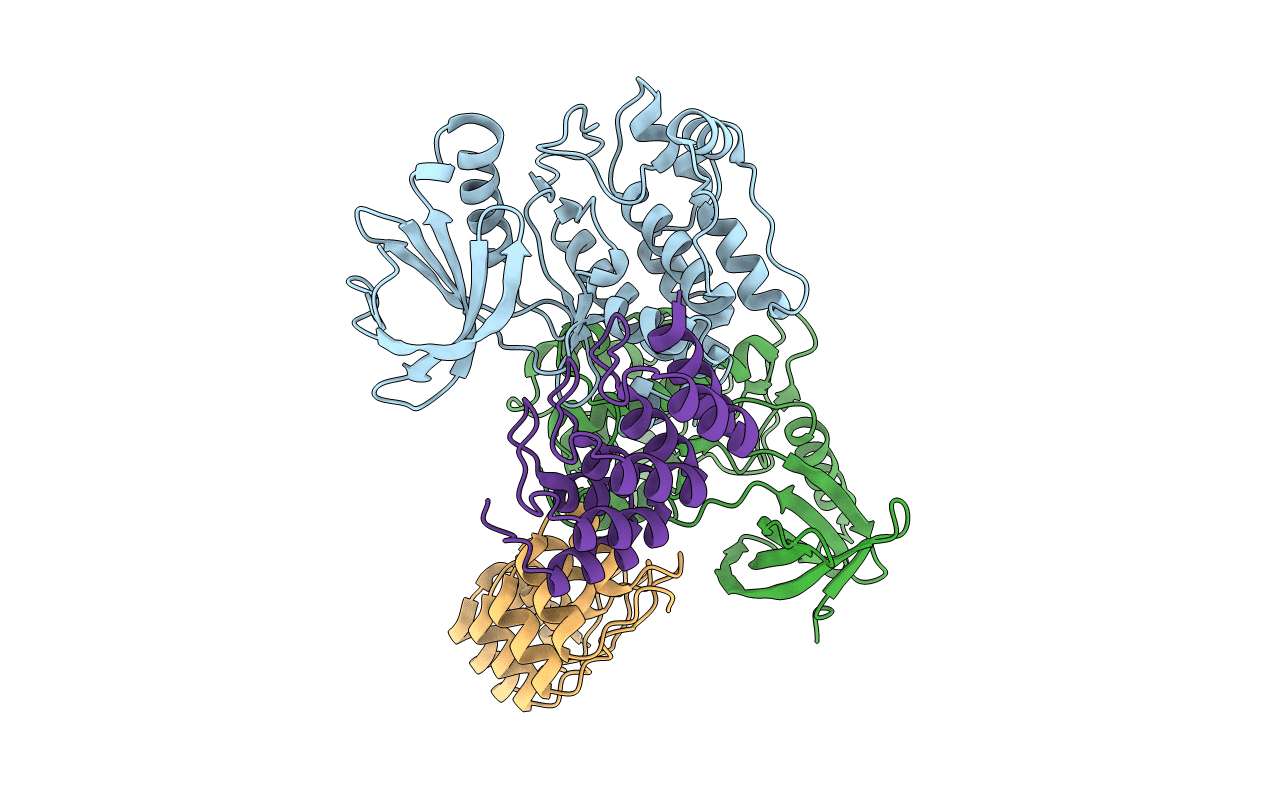
Deposition Date
2007-07-08
Release Date
2008-04-01
Last Version Date
2023-12-13
Entry Detail
PDB ID:
2V5Q
Keywords:
Title:
CRYSTAL STRUCTURE OF WILD-TYPE PLK-1 KINASE DOMAIN IN COMPLEX WITH A SELECTIVE DARPIN
Biological Source:
Source Organism:
HOMO SAPIENS (Taxon ID: 9606)
synthetic construct (Taxon ID: 32630)
synthetic construct (Taxon ID: 32630)
Host Organism:
Method Details:
Experimental Method:
Resolution:
2.30 Å
R-Value Free:
0.22
R-Value Work:
0.18
R-Value Observed:
0.18
Space Group:
P 21 21 21


